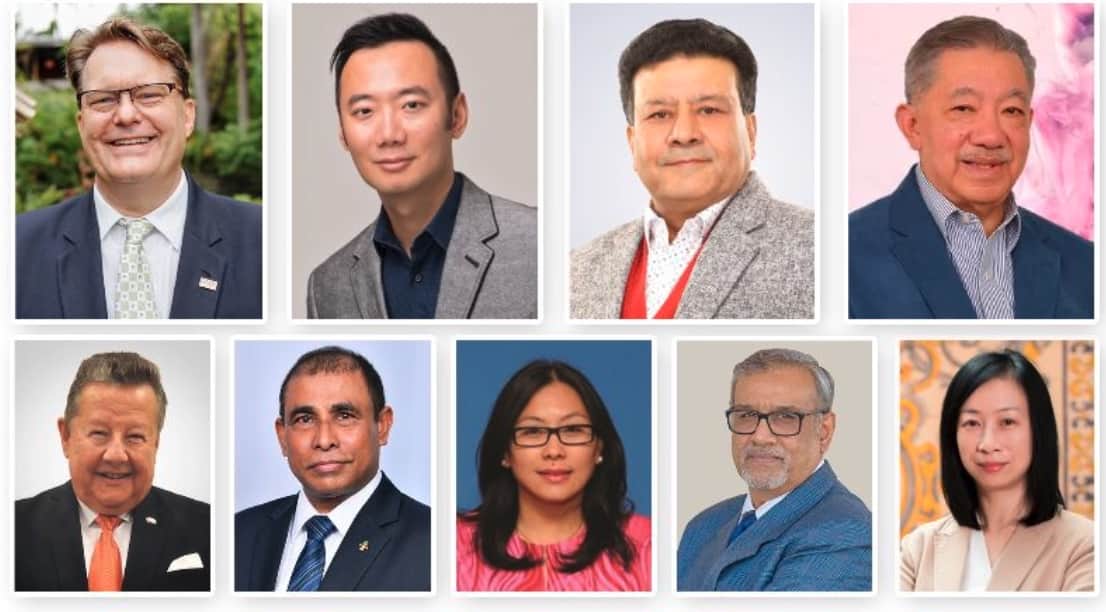Australia has suddenly found itself facing huge workforce shortages after the global COVID-19 pandemic coupled with the country’s harsh border laws created massive staffing gaps in many business and service sectors.
There are over 480,000 unfilled job vacancies across Australia that employers are not able to fill since the country’s unemployment rate is currently at almost 50-year low.
Australian healthcare, hospitality and agriculture sectors have been hit particularly hard by workforce shortages.
Worker shortages have thrown the nation’s airports into chaos, left crops to rot, and put an enormous strain on Australian hospitals and clinics.
More foreign workers are desperately needed to fill those labor gaps, Australian government says.
Therefore, for the first time in nearly a decade, Australia is raising its cap on permanent migration into the country.
Australian government announced that 195,000 migrants from the foreign countries, including the United Kingdom, India and China – Australia’s primary sources of migration, will be allowed to enter the country this financial year – 35K more than the previous year.
The increase includes an extra 4,700 spots for healthcare workers and another 9,000 for migrants moving to regional areas.
“Our focus is always Australian jobs first… but the impact of COVID has been so severe that even if we exhaust every other possibility, we will still be many thousands of workers short, at least in the short term,” Australia’s Home Affairs Minister Clare O’Neil said.
Permanent migration to Australia increased to around 190,000 per year in the mid-2010s before dropping in 2017 as immigration became a hot topic for national political debate.
However, Australian business and union leaders, as well as opposition politicians, have called for increase of the number of migrants allowed into the country.
IHE Ị GA-Ewepụ na edemede a:
- Permanent migration to Australia increased to around 190,000 per year in the mid-2010s before dropping in 2017 as immigration became a hot topic for national political debate.
- Therefore, for the first time in nearly a decade, Australia is raising its cap on permanent migration into the country.
- However, Australian business and union leaders, as well as opposition politicians, have called for increase of the number of migrants allowed into the country.























